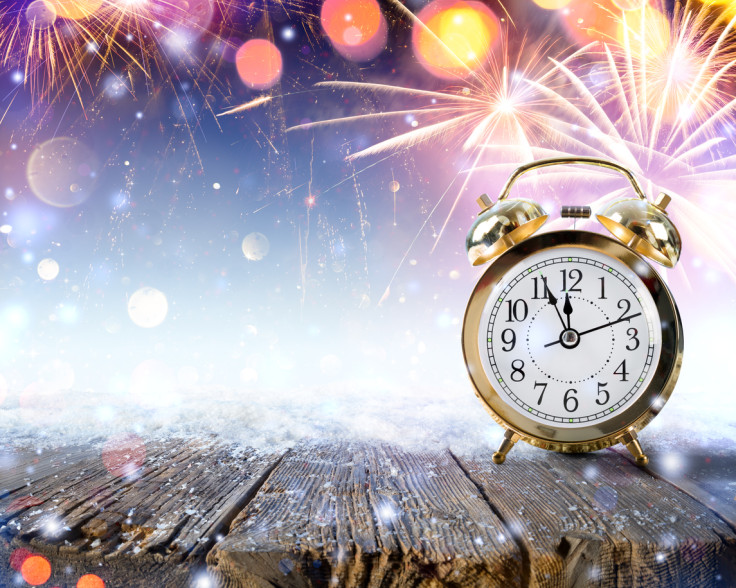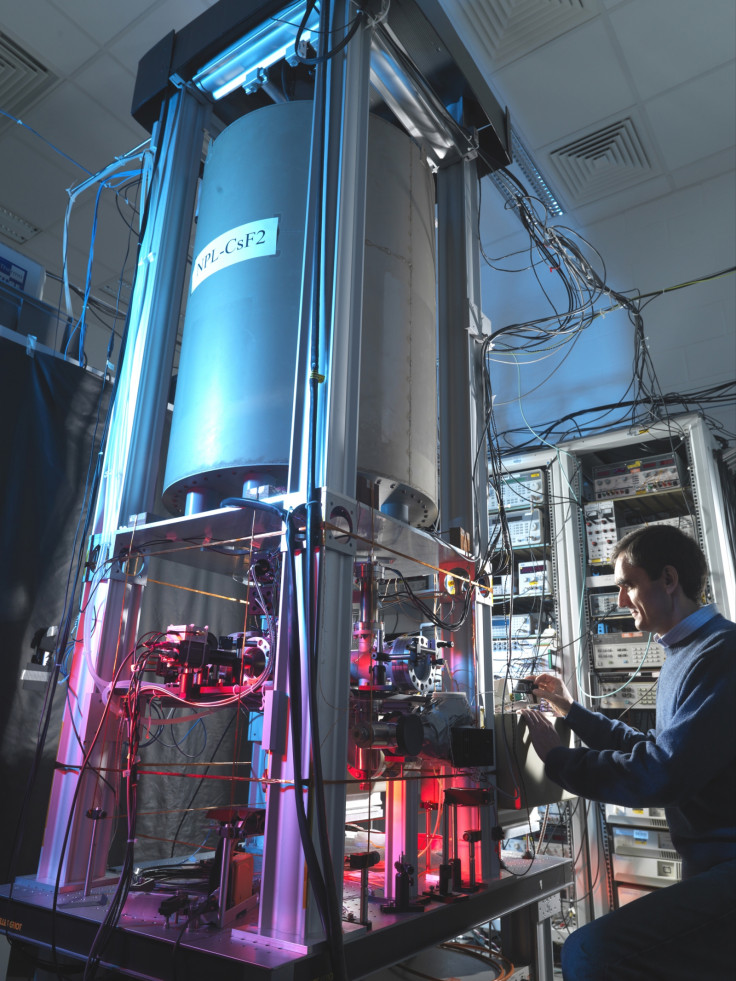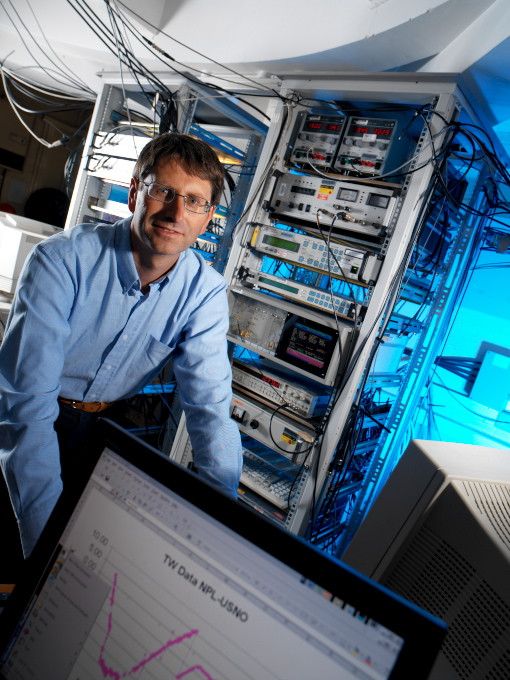What are leap seconds? Why the Atomic clock gives us another second on New Year's Eve
Time scientist explains why we have leap seconds and why they will become more common in the future.
We've used atomic time since the 1960s, after Louise Essen demonstrated the first working caesium atomic clock at the National Physical Laboratory (NPL), and showed that atoms could provide a much more stable time reference than the Earth. The accuracy of atomic clocks has steadily improved by a factor of 10 or so every decade and NPL's current primary clock, the caesium fountain NPL-CsF2, is over 300,000 times more accurate than Essen's original clock.

It is also more than a million times better at keeping time than the rotation of the Earth, which fluctuates unpredictably. Such extremely accurate timekeeping may seem far removed from everyday life, but in fact atomic time underpins much of modern society.
The clocks in train stations, video recorders and mobile phones are all synchronised to time scales based on atomic clocks, helping to ensure that they stay correct. Not only that, but atomic time keeps the Internet and e-mail functioning, synchronises the distribution of electricity and enables the Global Positioning System (GPS) and other satellite navigation systems to function.

However, if left unchecked, the discrepancy in accuracy between atomic time and 'Earth time' could mean that clocks eventually show midday before sunrise. Although the drift is small – taking around a thousand years to accumulate a 1-hour difference – some astronomers and navigators rely on time being consistent with the conventional positions of the Sun, moon and stars to within a fraction of a second.
Since 1972, leap seconds have been inserted to prevent this drift, and to keep the relationship between the Earth's rotation and atomic time. NPL, as the UK's National Measurement Institute, is responsible for inserting the leap second into the UK's timescale. All leap seconds so far have been positive, with 26 added so far (this next one will be the 27<sup>th).
The International Earth Rotation and Reference Systems Service (IERS), based at the Paris Observatory, measures the Earth's rotation and announces when a leap second is needed roughly six months in advance. They typically occur every two or three years at the last minute of either December or June, immediately prior to midnight.

Because leap seconds are announced only six months in advance, computers and software cannot be supplied with leap seconds programmed in, and they must be inserted manually. Getting leap seconds wrong can cause loss of synchronisation in communication networks, financial systems and many other applications which rely on precise timing.
Whenever a leap second occurs, some computer systems encounter problems due to glitches in the code written to handle them. However, if correctly inserted, they shouldn't cause any problems.
We are developing ways to measure time ever more accurately and continuing to improve the performance of atomic clocks. The next generation of atomic clocks – optical clocks based on laser-cooled trapped ions or neutral atoms – should achieve accuracies equivalent to losing or gaining no more than one second in the lifetime of the universe.

We're also working on taking atomic clocks out of the lab and making them more accessible to industry to help provide the precise time underpinning crucial services like energy and communication.
NPL has developed a service to provide the financial sector a certified precise time signal, directly from the atomic clocks that maintain the UK's timescale, via optical fibres. The service, called NPLTime®, is independent of GPS, which can be vulnerable to jamming and interference.
As we get better and better at telling the time, and as the Earth's rotation gradually slows further, it is likely that we will need to insert leap seconds more regularly going forward. An 11-second New Year countdown could become a much more regular fixture in the future!
Peter Whibberley is a senior research scientist in the Time and Frequency group, National Physical Laboratory
© Copyright IBTimes 2025. All rights reserved.





















